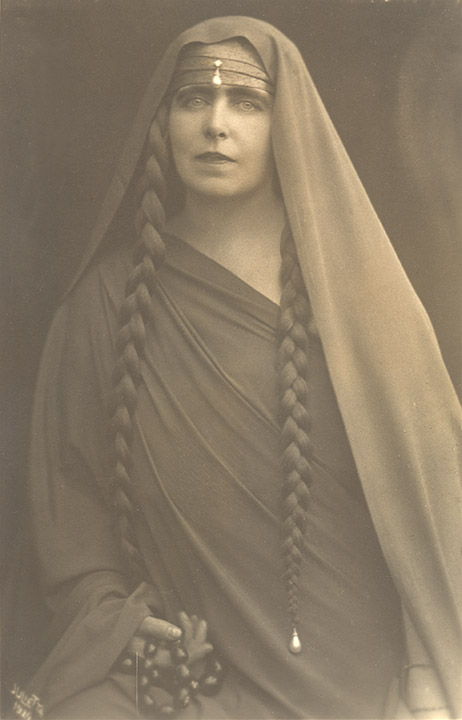The little known Viking Confederation (called Wiking Bund) was established on 2 May 1923 by members of the banned Consul organization (OC) an ultra-nationalist force operating in Germany in 1921 and 1922 as a military association.
The OC
 The OC was created in 1921 by Captain Hermann Ehrhardt and some of his followers in the Marinebrigade Ehrhardt. Hermann Ehrhardt went into hiding in Bavaria following the forced disbandment of Freikorps organizations after the Kapp Putsch of 1920. His fighters had formed the Association of Former Ehrhardt Officers using Freikorps contacts to recruit members in dozens of cities and small towns all over Germany eventually encompassing large swaths of the nation. After the Ehrhardt Brigade's failed participation in the Kapp Putsch in Berlin in 1921, Ehrhardt fled to Sweden. Ehrhardt returned to Bavaria where his fighters formed the Organization of Former Ehrhardt Officers which later became the Organisation Konsul in 1921.
The OC was created in 1921 by Captain Hermann Ehrhardt and some of his followers in the Marinebrigade Ehrhardt. Hermann Ehrhardt went into hiding in Bavaria following the forced disbandment of Freikorps organizations after the Kapp Putsch of 1920. His fighters had formed the Association of Former Ehrhardt Officers using Freikorps contacts to recruit members in dozens of cities and small towns all over Germany eventually encompassing large swaths of the nation. After the Ehrhardt Brigade's failed participation in the Kapp Putsch in Berlin in 1921, Ehrhardt fled to Sweden. Ehrhardt returned to Bavaria where his fighters formed the Organization of Former Ehrhardt Officers which later became the Organisation Konsul in 1921.
The OK was an ultranationalist death squad which operated during 1921 and 1922 as a secret paramilitary organisation responsible for the assassination of the Weimar Republic's Minister of Finance Matthias Erzberger (whose crime was signing the armistice) and Foreign Minister Walter Rathenau. The OK was responsible for at least 354 murders. Ehrhardt used Freikorps contacts to recruit members in dozens of cities and small towns all over Germany.

"Spiritual aims:The cultivation and dissemination of nationalist thinking; warfare against all anti-nationalists and internationalists; warfare against Jewry, Social Democracy and Leftist-radicalism; fomentation of internal unrest in order to attain the overthrow of the anti-nationalist Weimar constitution. Material aims:The organization of determined, nationalist-minded men . . . local shock troops for breaking up meetings of an anti-nationalist nature; maintenance of arms and the preservation of military ability; the education of youth in the use of arms.Notice:Only those men who have determination, who obey unconditionally and who are without scruples . . . will be accepted. . . . The organization is a secret organization."
The Wiking Bund comes into being
After Rathenau's murder the OK became the Viking Bund which some have described as the youth movement of the OK. While it eventually became related to the SA, in 1923 Hermann Goring wrote that the Viking Bund had declared war against the SA and the Nazi party. While still a teenager Horst Wessel, the famous Nazi hero and martyr, became a member of the Viking Bund. He found it adventuresome stirring up putsches and playing soldier, but moved on to the SA because it had a more political ideology.
The federal government contributed to the preparations for the overthrow of the Weimar government and operating an intensive military training. The young members were known as Jung Wiking, or ‘Young Vikings’.
Young Vikings were in league with leaders of other organizations, such as the Steel Helmets (Stahlhelm) or the Were Wolf (Weir Wolf) , trying to keep these anarchistic reactionary organizations active. For example, a member of the Viking Confederation ,the later Nazi Reich Health Leader Leonardo Conti, was leader of the antisemitic Kampfbund founded in 1918 German national union.
The stated aim of the Viking Confederation was the establishment of a military dictatorship and the revision of the Versailles Treaty - by military means if necessary. Targeted provocation was used to incite workers to act, part of the preparations for a coup based on sowing and building on discontent. When the coup preparations were known to the federal government in 1926 the Viking Confederation was subsequently banned in Prussia and other countries.
After the dissolution of the federal end of April 1928, many members continued their activities in related organizations such as the Nazi paramilitary SA, the Sturmabteilung, the organisation of Brownshirts who played a prominent part in Adolf Hitler’s rise to power through the demonstration of force and intimidation on the streets of most German cities, under the leadership of Ernst Röhm.











 Otto Skorzeny - the most dangerous man in Europe
Otto Skorzeny - the most dangerous man in Europe









